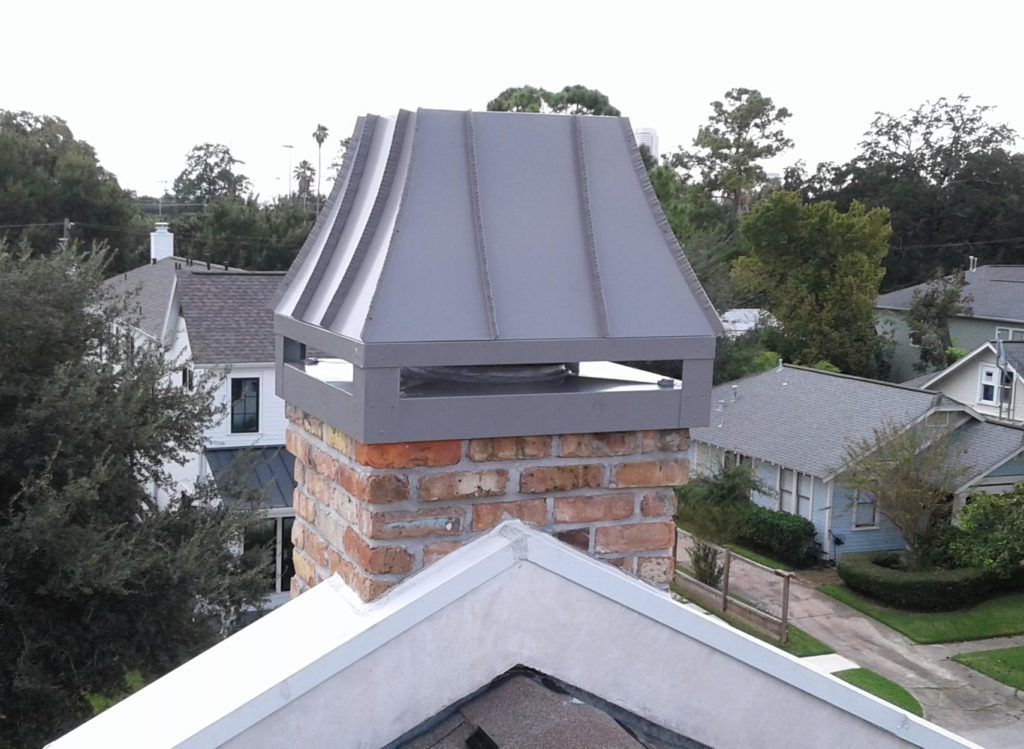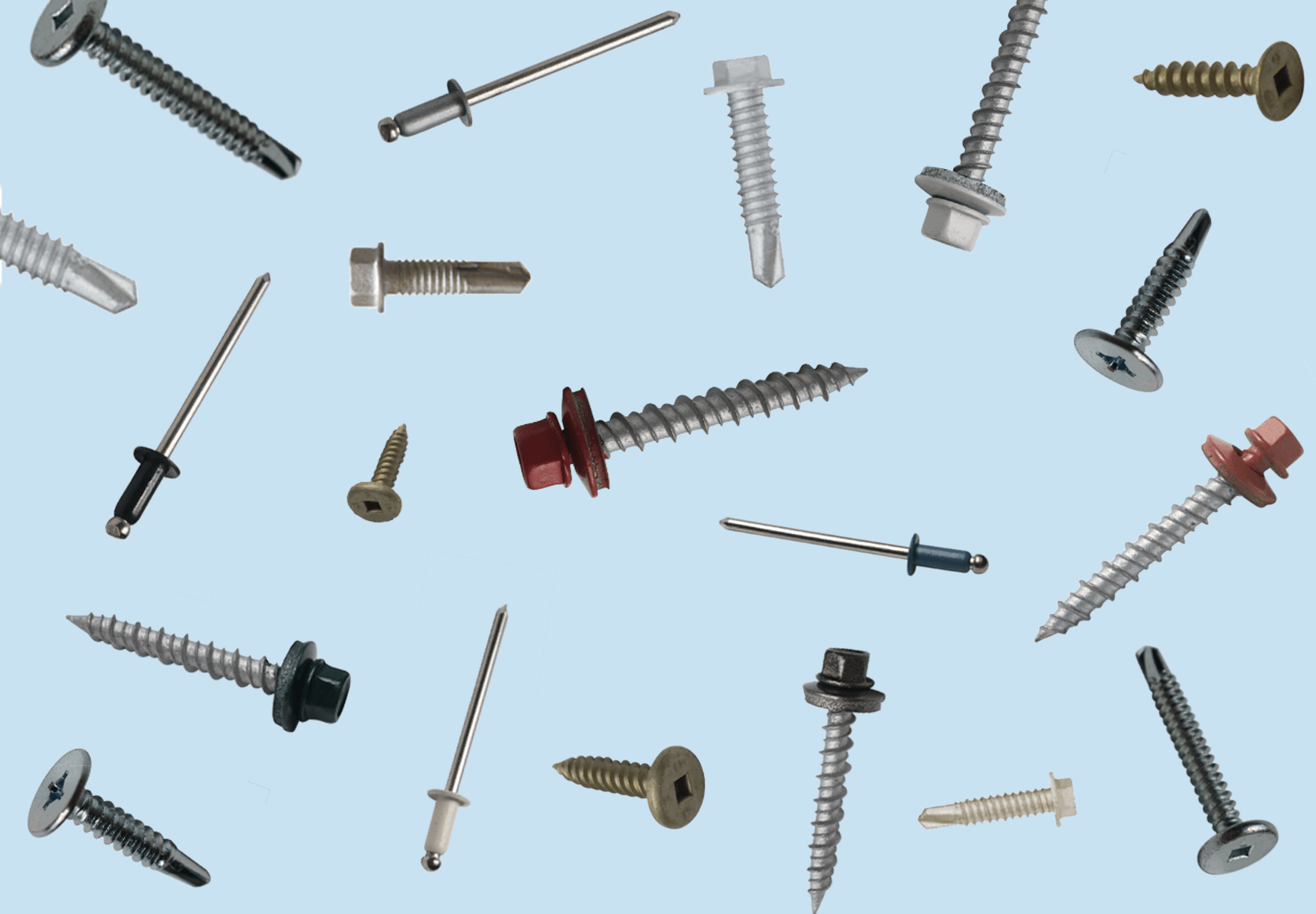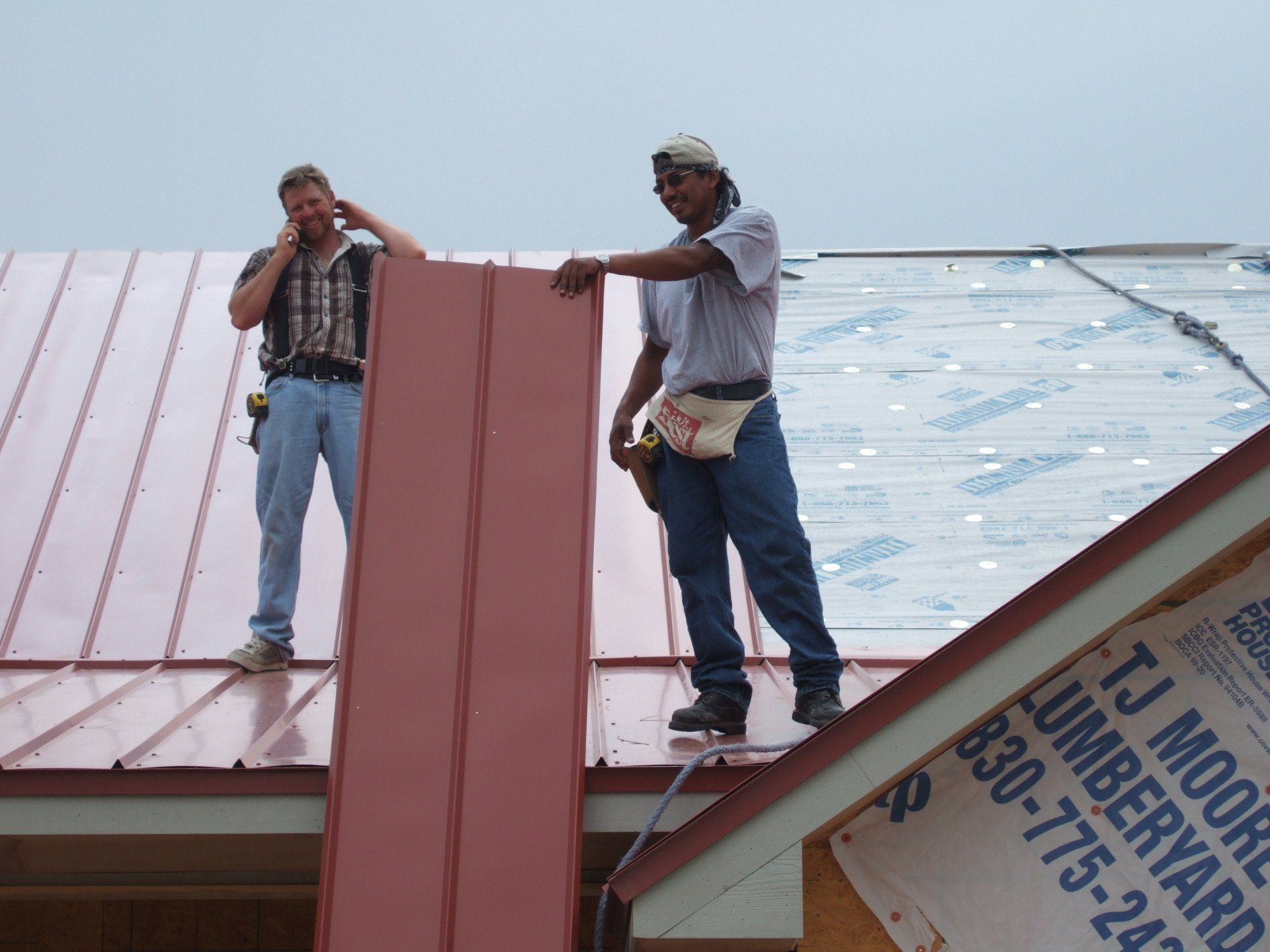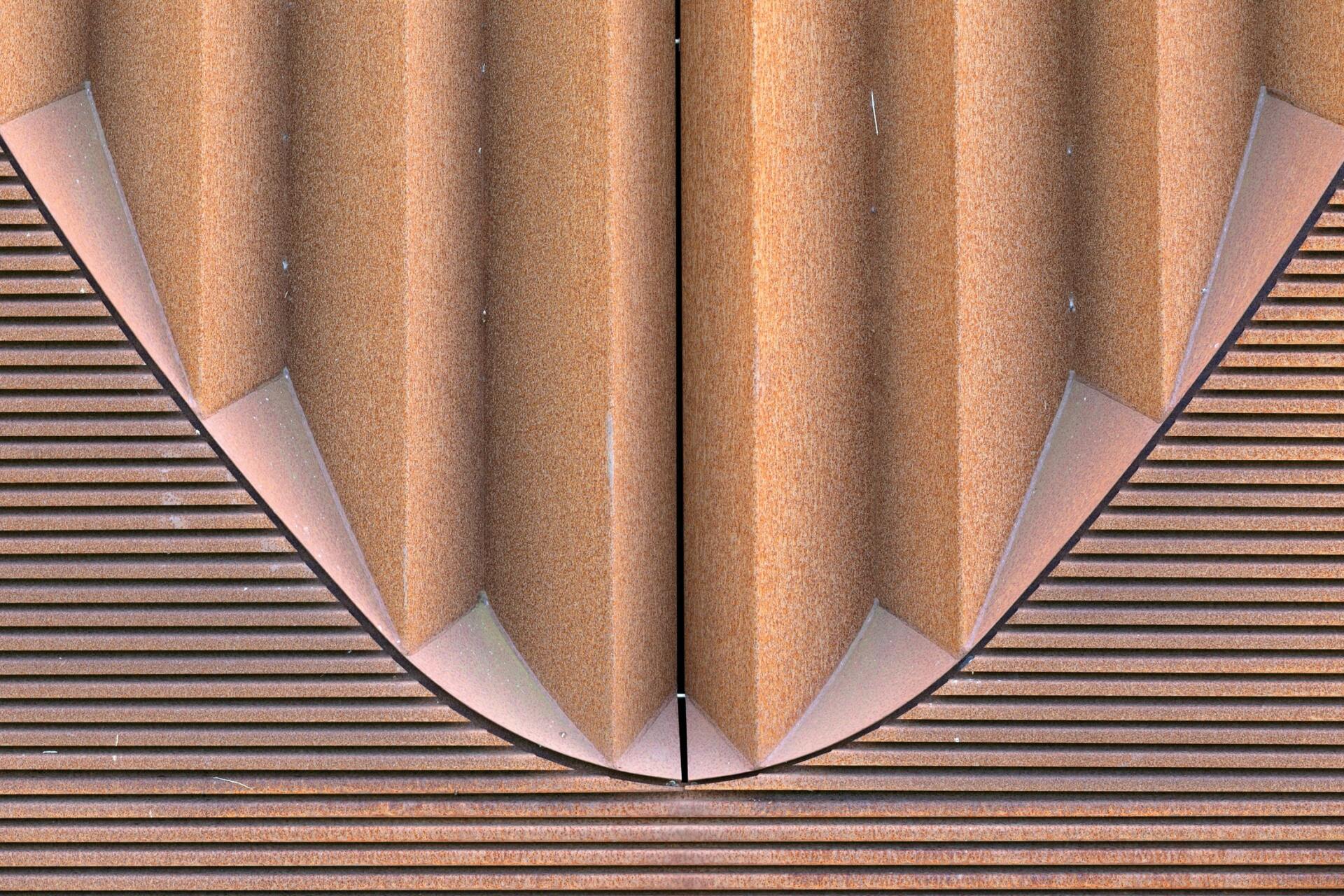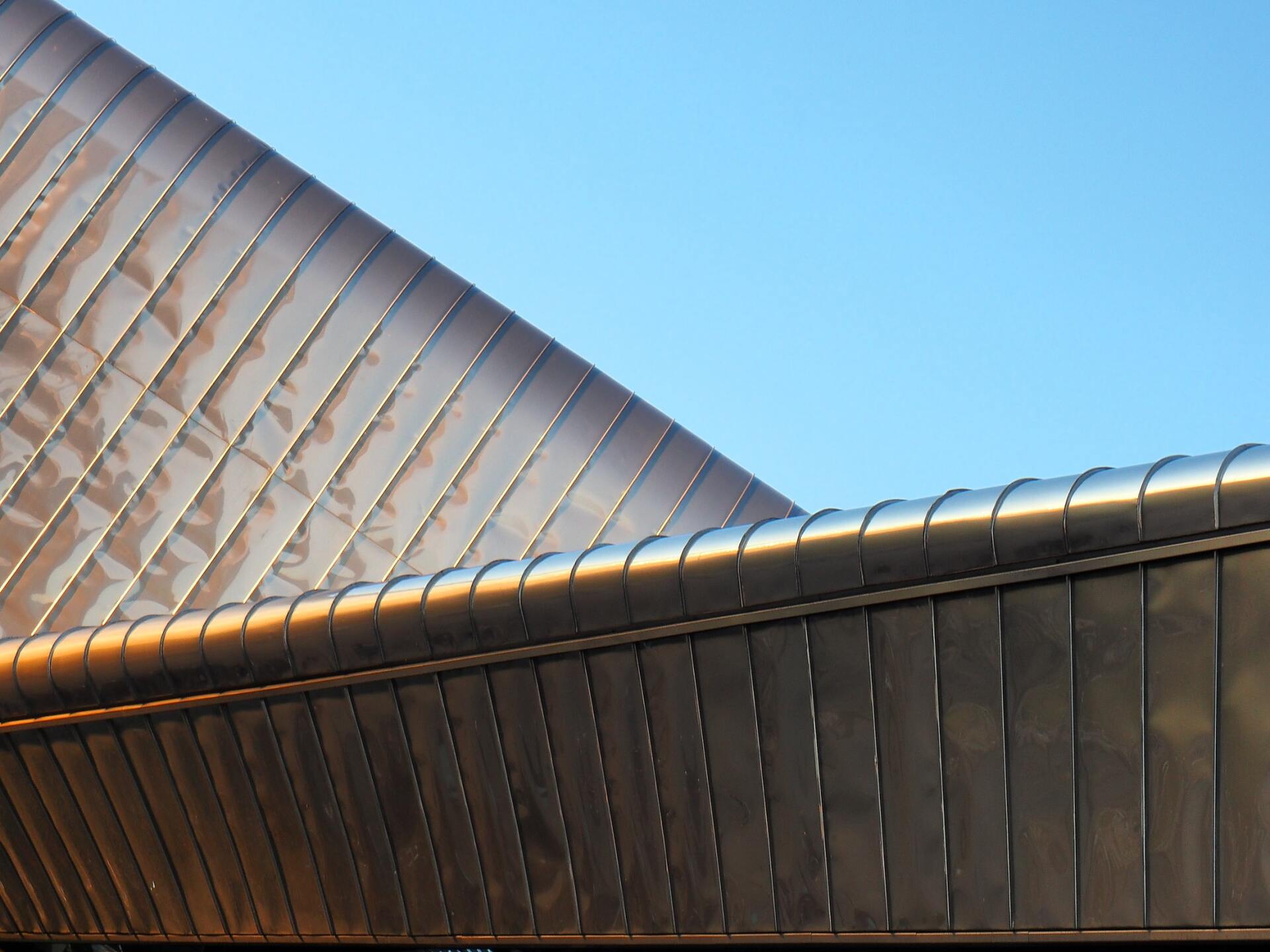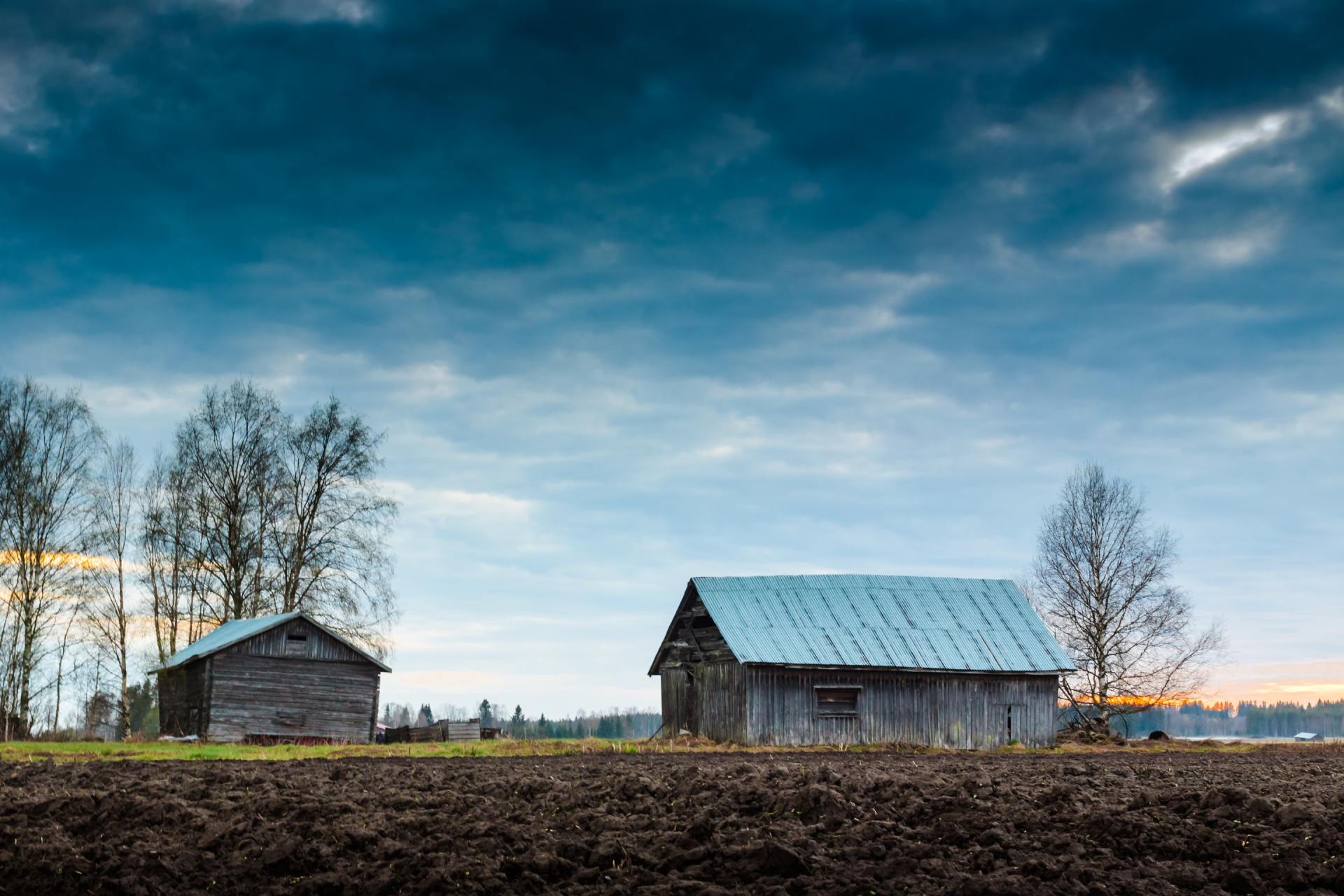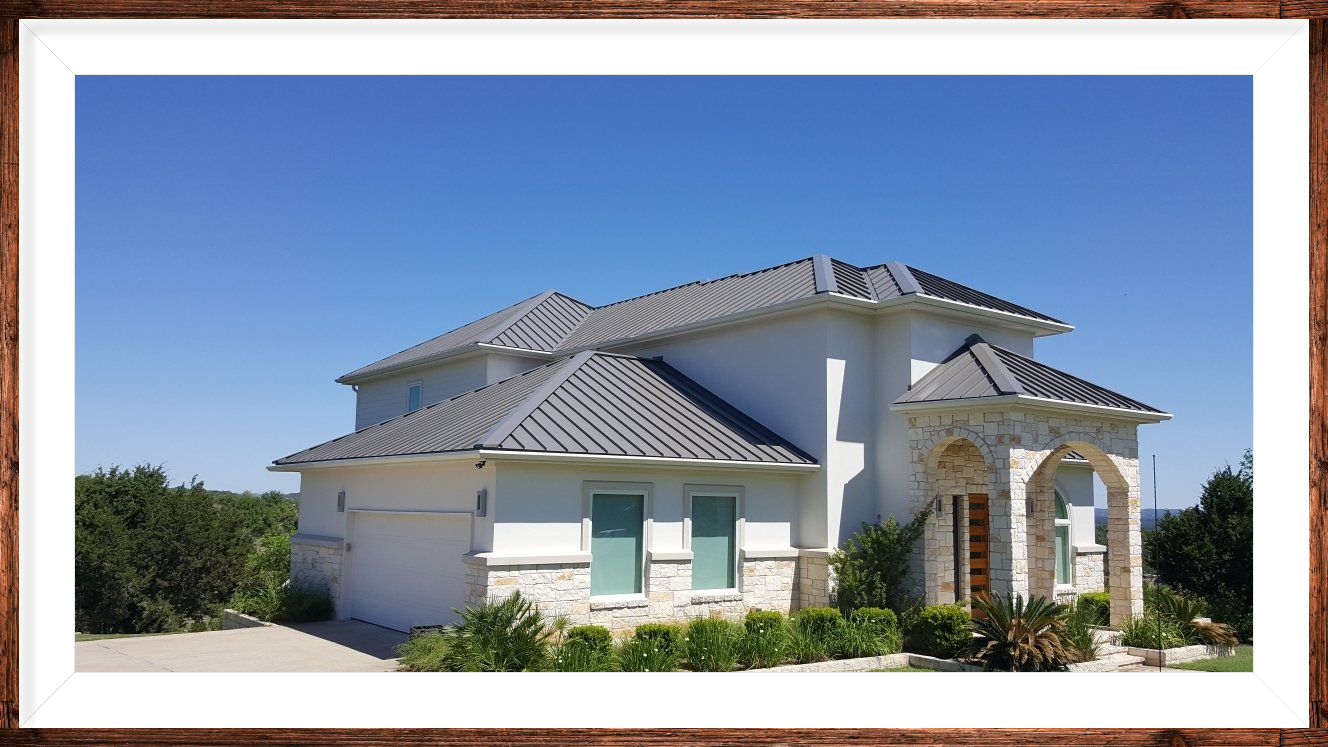(512) 676-5838
Nine Metal Roof Accessories That Can Enhance Your Roof's Effectiveness
Some accessories are highly recommended for your metal roof.
Choosing to install a metal roof is an excellent decision for numerous reasons, including the fact that it will last much longer than a traditional roof, is more energy-efficient, and is better for the environment. However, there are some accessories that are highly recommended for your metal roof that will help make it more effective. These nine metal roof accessories will not only greatly enhance your roof's effectiveness, but will also increase its durability as well.
Underlayment
One of the biggest accessory decisions you will make for your metal roof is the underlayment. The objective of underlayment is to keep the roof deck dry prior to the installation of the roof. However, underlayment also needs to be a secondary weather barrier in case the roof fails in some way. For instance, if a gap in the metal roof causes a leak, you want the underlayment to stop the leak from getting into your house.
While 30-pound felt paper underlayment has been popular for metal roofing, there has been a shift to using synthetic materials because of their resistance to ultraviolet radiation and heat. In some states, the temperature of the underlayment beneath a metal roof can soar, which can cause traditional felt materials to dry out and crack. Synthetic materials, though, do not absorb the heat as much and will not dry out, providing a more reliable barrier between the roof and the house.
Concealed Fasteners
Concealed fasteners are one of the critical metal roof accessories that you need if you want to increase the durability of your metal roof. They also require the least amount of maintenance over the years and are highly weather resistant. Concealed fasteners are also the most aesthetically pleasing option for securing your metal roof to the structure because they are not visible, making the roof look seamless.
While exposed fasteners are more the more economical type of metal roof, concealed fasteners are an accessory option that will improve both the effectiveness and the attractiveness of the metal roof. Additionally, concealed fasteners are more rust-resistant than exposed fasteners, and the added durability is worth the extra cost. The lack of maintenance is another reason why many homeowners select concealed fasteners. Since they are not exposed to the weather elements, you won't have to replace them as often.
Drip Edge Flashing
Drip edge metal flashing is a type of roof edging that directs the flow of water away from the roof and protects the underlying structure. While drip edges are not standard on most roofs, they are highly recommended by the Environmental Protection Agency as the most effective way to control moisture. Since the function of drip edges is to direct water away from the roof's facia, they are important for minimizing damage from moisture, including rot and discoloration.
There are other benefits to drip edge flashing in addition to increasing the roof's effectiveness. These include keeping pests from entering your attic, keeping your porch dry, stabilizing your roof, and protecting your basement by ensuring water doesn't drip next to your home's foundation, where it can leak into the lower levels of your house. The ideal time to install drip edges is during the initial installation, but if your roof does not have them, they can be added retroactively.
Gutters
Many people believe that gutters are not necessary with metal roofs, and while it is true that a metal roof will still out-perform a traditional roof even if there are no gutters installed, it is still a good idea to add gutters to your metal roof to increase its effectiveness. Metal roofs are, of course, designed to be waterproof, so gutters are not performing the same exact function on a metal roof as they do on a traditional roof.
Instead, gutters on a metal roof are designed to prevent damage to the rest of the house rather than the roofing system. For instance, water or snow that collects on the roof can drip down behind your house's siding and cause leaks. These leaks can lead to structural problems that can be more expensive than gutter installation would be in the first place. Gutters can also prevent water from saturating the ground in contact with your house's foundation.
Crickets
When talking about crickets in relation to metal roofs, we don't mean the insects! Crickets are a metal frame that diverts water away from the intersection where the roof meets a chimney. If you have a fireplace in your home, it is recommended you choose to install crickets along with your metal roof so that your new roof is more effective at repelling water. This is especially critical for flat-backed chimneys, which can cause water to pool near the base.
If you're in an area where you get snow, crickets are even more important because the snow will melt next to the chimney's base and cause the water to back up like a dam. Eventually, the water will need to go somewhere, and where it goes is usually down into the wood structure below the metal roof. As mentioned above, leaks can lead to structural damage, which will be even costlier than your new roof.
Chimney Caps
As with crickets, chimney caps are roof accessories that prevent snow and water from entering your house through or around the chimney. Plus, chimney caps with mesh siding will keep small animals and birds from getting into your home via your chimney. The main benefit of having a chimney cap is to keep your foundation and roof underlayment from getting wet. An important safety-related aspect of a chimney cap is that it still allows smoke to escape from your fireplace.
Other benefits of custom-made chimney caps include the prevention of blocked flues, the prevention of escaped sparks from the chimney, and the prevention of downdrafts, which can fill your home with smoke. As you can see, chimney caps not only increase your metal roof's effectiveness but also make your chimney itself more effective as well. Be sure your chimney cap is screwed directly into your roof by a professional instead of into the flue for the best results.
Sealants
You may wonder why you need a sealant if your metal roof is already waterproof and has been properly installed with the correct fasteners. Well, sealants provide a secondary defense against water leaks. There are many different types of sealants, including caulking, both curable and non-curable, and tape. Each type has a specific use, but there are some times when one or the other is not recommended, especially on a metal roof.
For this reason, it is recommended that you use a professional installer for your metal roof to ensure the right kind of sealant is used. For example, a caulking sealant should not be used on flashing or on top of fasteners. If your installer does not know this, you could be looking at costly repairs down the road. This accessory should not be one you have to choose, but instead, one that is chosen for its specific purpose.
Vents
Ventilation systems are a critical component of roofs, even those made of metal. You will want to choose vents that are not only compatible with your roofing system but also are of high quality and appropriate for your climate. For example, vents that operate in any wind condition are important in climates that do not see a lot of wind. Turbine vents are not a good choice because they rely on a constant source of wind.
You will also want to select vents that are energy-efficient, as many homeowners have discovered after the fact that their energy costs have skyrocketed due to improper ventilation. Additionally, polyester vents are better at preventing moisture damage than polyurethane vents, so the material is also an important consideration when you're looking at which vents to have installed on your roof. Again, your roofing installer will be able to help you decide which vents are a match for your needs.
Insulation
Condensation can be a problem on a metal roof and can lead to leaks and water damage. To prevent this, one solution is to add an insulation barrier between the metal roof and the underlayment. This barrier will perform two functions which are to limit condensation from forming in the first place by closing the temperature gap between the air and the underlayment and to act as another moisture prevention system to keep water from getting into the house.
When you decide to get a metal roof, you may not realize that you have many other decisions to make in addition to color, type of metal, and design. You must also choose a variety of metal roof accessories that will increase the effectiveness of your new roof, and will make your roof more aesthetically pleasing as well. The nine accessories listed here are just some of the options you will need to consider when you're designing your roof.
Contact Hill Country Metal Roofing Supply today to speak with one of our representatives who can ensure that all the accessories and your metal roof are customized to fit your exact needs.
